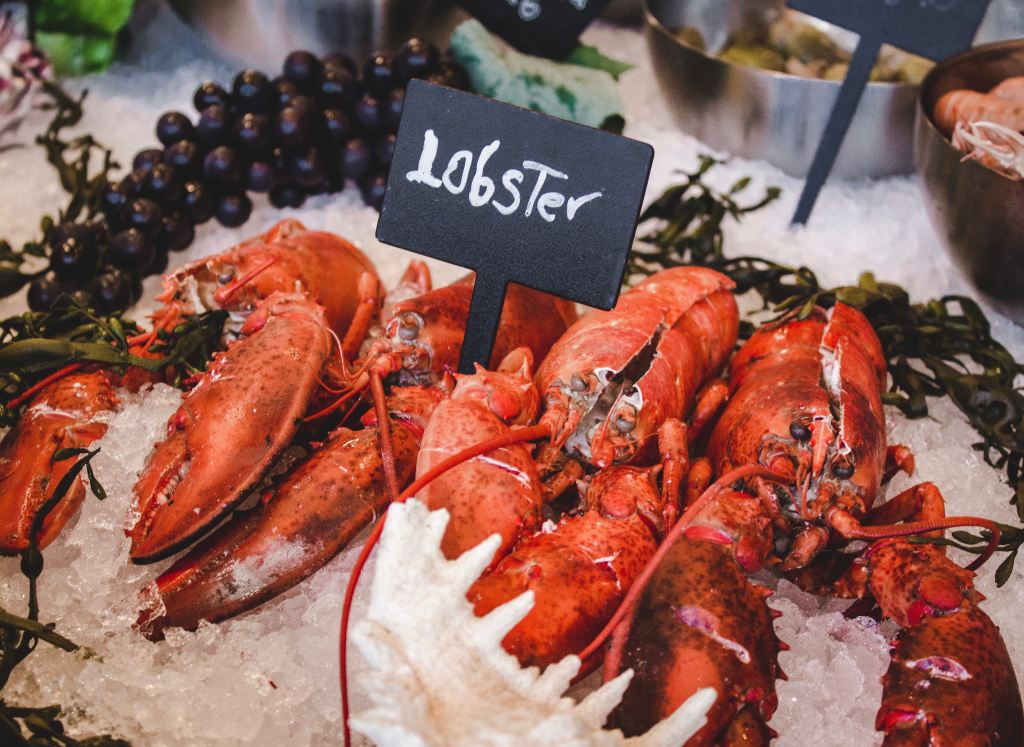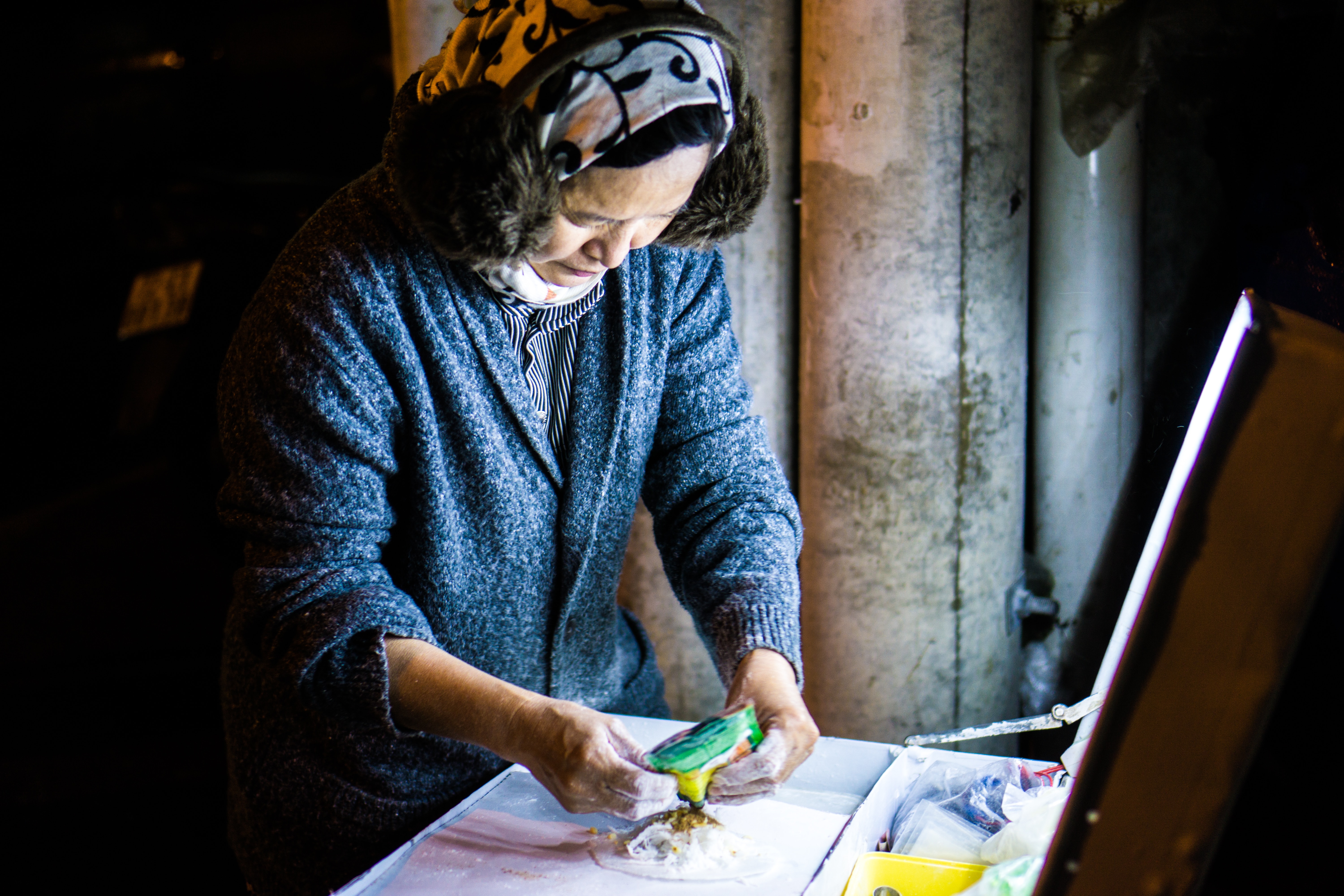How often do you wonder where your food comes from? Don’t worry, this isn’t going to be a piece on GMOs, or even health at all. No, friends, this is a piece on the character of your cuisine.
Throughout the course of the 20th century humans have industrialized, commercialized, migrated and globalized both our economy, and our eats. And as our cultures have intermingled and our trade routes turned into chain restaurants and Amazon boxes, the foods that we grew up with have become a source of identity and pride. Whether that be from your far-away native land, or a few blocks away.
Either way, the chances are, nobody makes it like your grandmother.
When you’re out there in the world, and something you find tastes like home, well, there’s nothing else like it. The intermingling of cultures means that our chances of running into familiar fare are greater these days than ever before. This also means that we have the opportunity to try and share so much more between cultures. And with delivery services you don’t even have to leave the park (or Netflix if we’re being very, very honest).
The evolution of food items are also fascinating to follow in some cases. The ubiquitous Nacho, for instance, was actually created on the spot by a Mexican family who had already cleaned and closed their restaurant for the night when two U.S. soldiers demanded quarter. By tricking the intrusive American soldiers into enjoying a no-preparation plate of chips with stuff thrown on top, they had unknowingly created what would become one of the most beloved snack foods of all time.
The fortune cookie, the blessed poor man’s prophecy, actually originated from a modification of the I Ching called the Ling Qi Xing which featured a form of divination that was outlawed in its region of origin. That’s right, the fortune cookie was illegal. An outcast in its own home. But those semi-sweet, starchy pockets of fate became immigrants as well, flourishing in their new land and into our strip malls from sea to shining sea.
There’s always the fanatically documented yet widely misunderstood history of the evolutionary lineages and delineations of pizza, with no end in sight to the fiery debate on proper crust depth. Ask anybody who cares about pizza. They will all tell you something different and exactly why everyone else is an idiot.
It’s beautiful.
And while we’re at it, I have a particular love for the story of the lobster. Yes, that deliciously expensive high society snack that the British once referred to as the “cockroach of the sea.”

When the British inquired of the natives on the coast of Maine what possible function these hideous creatures could possibly have, the natives then kindly instructed the British on how to crush the lobsters into a fluid and fertilize their crops with them.
Everybody agreed.
Lobsters weren’t food.
Until the railroad stretched across our nation and changed lives forever. I don’t mean the pilgrims and all that, I mean canned goods!
Related Article:
- Reverend Janglebones’ Soapbox: Fresh Jams From Kevin Morby
- Reverend Janglebones’ Soapbox: Contemporary Arts Center
- Reverend Janglebones’ Soapbox: The Caves of Kentucky
That’s right, before the settlers out west were, well, settled they needed protein to keep them going. Hunting and farming is a bit impractical when you’re living in tents next to a steam engine running all hours of the day (with hammers swinging), so we did the only American thing: We canned and shipped them lobsters.
A few years later families were taking trips out East to try the famous sea-roach fresh from the sea, and the rest, as they say, is advertising.
If you find yourself remembering this article the next time you’ve got hand-to-mouth disease, stop. Take a second. Look at what you’re eating, and do a quick internet search.
You just might find an adventure taking place inside your mouth.
Brian Yoder
Reporter

